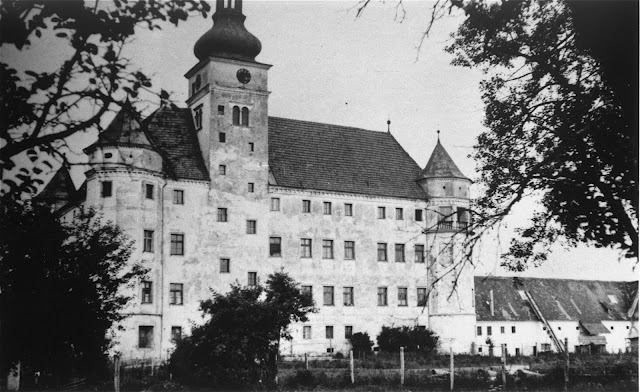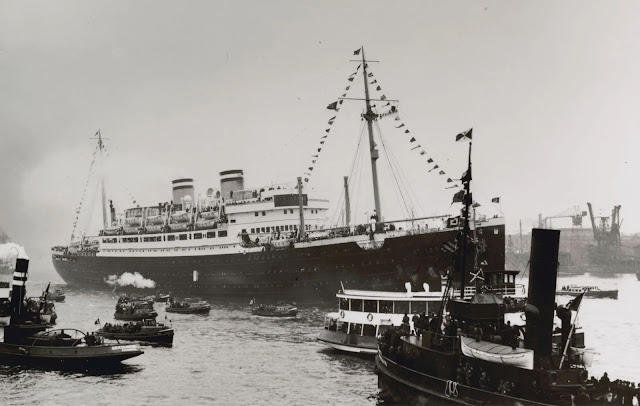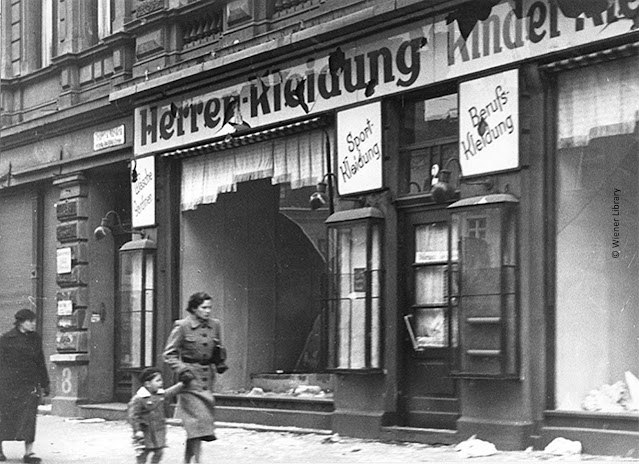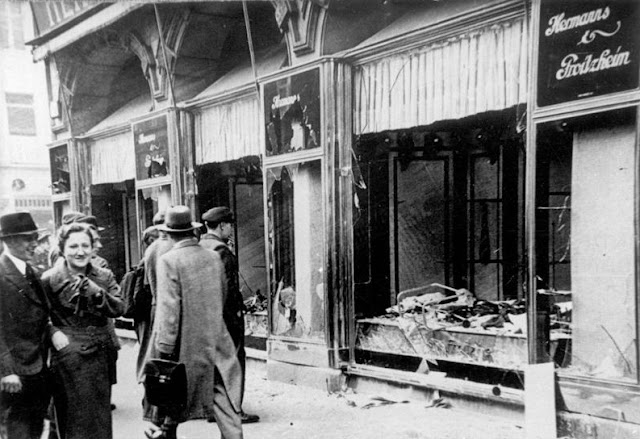7: The Horror of Total War
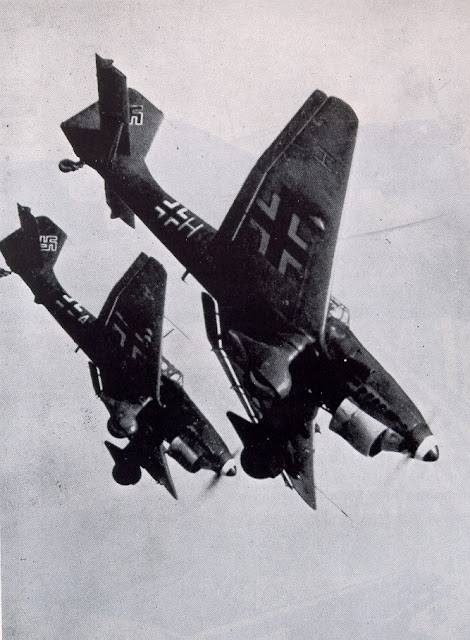
The German Blitzkrieg into Poland in September 1939 involved three elements of air power. First, air attacks destroyed much of the Polish air force while it was still on the ground. Second, bombers hit road and rail communications, assembly areas and munitions dumps. Third, fighters and dive bombers attacked columns of Polish troops as well civilian refugees. On September 2, the Luftwaffe conducted air raids on Warsaw, Gydinia and many other towns. In Warsaw a hospital for Jewish children was bombed. The railway station in Kolo was hit and 111 people were killed, many of them refugees from border towns. Adolf Hitler's aim in Poland was more than just the conquering of territory, he also sought to impose German rule on Poland. To achieve the latter aim, three regiments of SS Death's Head troops were to follow the army's advance and conduct "police and security" operations. The SS were ordered to "incarcerate or annihilate" every enemy of Nazism. Whole vil...

